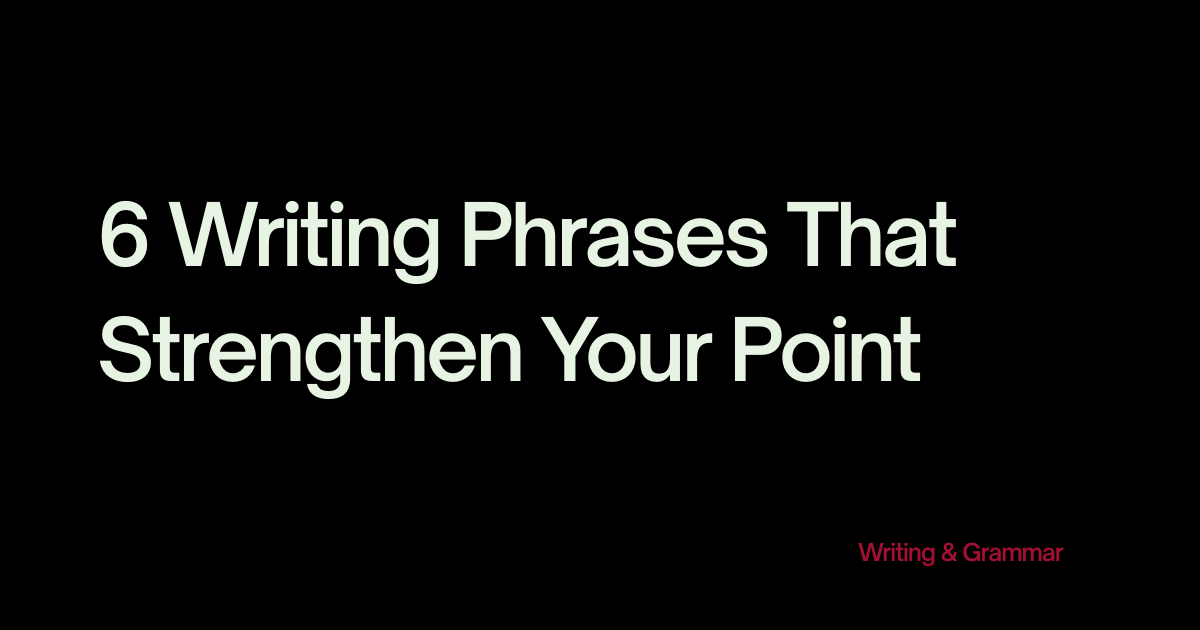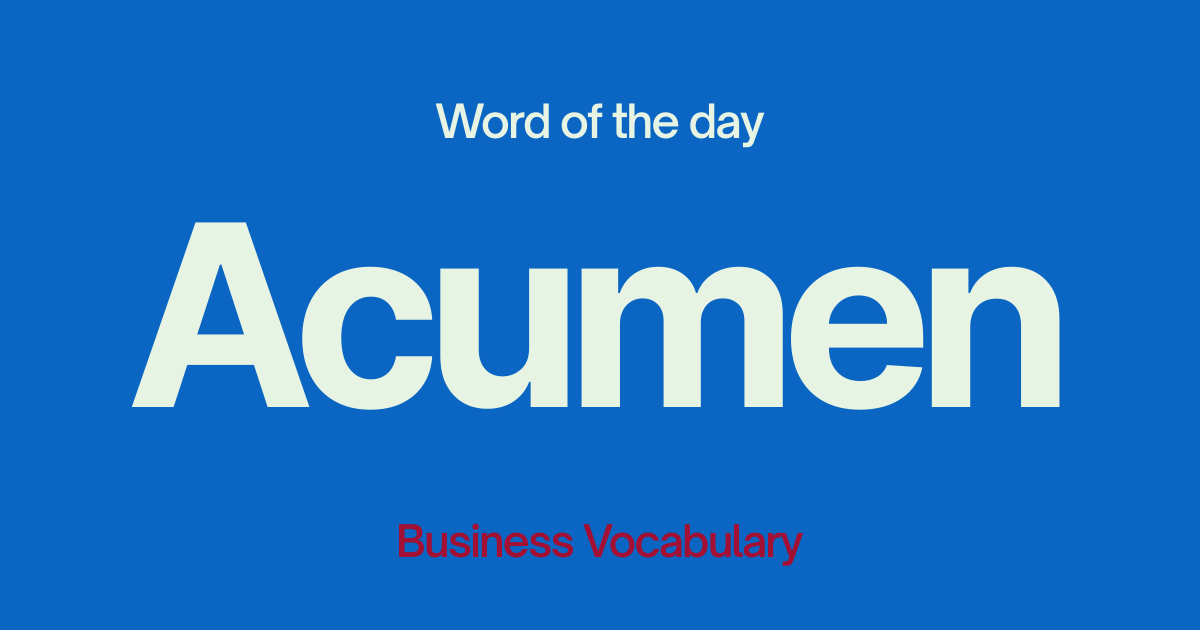Introduction
You’ve drafted the proposal. It’s solid. But will your main idea cut through a busy executive’s skim-read? In written business communication, the strength of your point isn’t just about the facts—it’s about the words you choose to frame them. Strong phrases guide the reader exactly where you want them to land.
In leadership writing, clarity and persuasion go hand in hand. Every phrase you choose can either dilute your message or sharpen it. Strong constructions anchor your point, remove doubt, and make your position harder to ignore. And when you understand the grammar behind these phrases, you can adapt them without losing their impact. The goal isn’t flowery language—it’s control over how your ideas land in the reader’s mind.
Vocabulary List
Vocabulary Short description
- “The key takeaway is…” – Introduces your central message with a subject–linking verb structure (“is”) that forces clarity.
- “It’s clear that…” – Uses an anticipatory “it” construction to state a conclusion confidently.
- “What this means is…” – A nominal clause (“what this means”) functioning as subject; signals synthesis.
- “The data shows…” – Simple present tense active voice; avoids passive hedging like “It is shown.”
- “This underscores…” – Uses present tense verb to emphasize and link to earlier points.
- “In short…” – Prepositional phrase functioning as a transition to a distilled point.
Vocabulary Full description (with grammar notes)
- “The key takeaway is…” – Introduces your central message with a subject–linking verb structure (“is”) that forces clarity.
Example: “The key takeaway is we need to reallocate budget to product development.”
Tip: Simple subject + linking verb makes your point unavoidable. - “It’s clear that…” – Uses an anticipatory “it” construction to state a conclusion confidently.
Example: “It’s clear that customer retention is driving revenue growth.”
Tip: The grammar puts focus on your judgment, not on hedging. - “What this means is…” – A nominal clause (“what this means”) functioning as subject; signals synthesis.
Example: “What this means is we need to accelerate hiring in Q2.”
Tip: Useful when distilling complex data into a single point. - “The data shows…” – Simple present tense active voice; avoids passive hedging like “It is shown.”
Example: “The data shows a 15% improvement in conversion rates.”
Tip: The subject (“data”) takes ownership of the action, which makes the statement stronger. - “This underscores…” – Uses present tense verb to emphasize and link to earlier points.
Example: “This underscores the importance of investing in onboarding.”
Tip: The verb “underscores” is active and visual, unlike softer verbs such as “indicates.” - “In short…” – Prepositional phrase functioning as a transition to a distilled point.
Example: “In short, the strategy is working.”
Tip: Signals brevity and confidence—readers know they’re about to get the essence.
Scenario
You’re preparing a strategy memo for your board. You open with, “The key takeaway is…” to put your main point front and center. After presenting data, you write, “It’s clear that customer retention is driving revenue growth.” You synthesize the implications with, “What this means is we need to accelerate hiring in Q2.” Your graphs are followed by, “The data shows a 15% improvement in conversion rates,” reinforcing credibility. Before your conclusion, you write, “This underscores the importance of investing in onboarding.” You wrap with, “In short, the strategy is working.” Every phrase both leads and locks the reader into your core point.
Takeaway
The strongest written points are built on clear grammar and deliberate word choice. These phrases don’t just sound confident—they’re constructed to leave no doubt about your position.
Want your writing to persuade as strongly as you speak? Let’s refine the language—and the grammar—that makes your points stick.




Comments